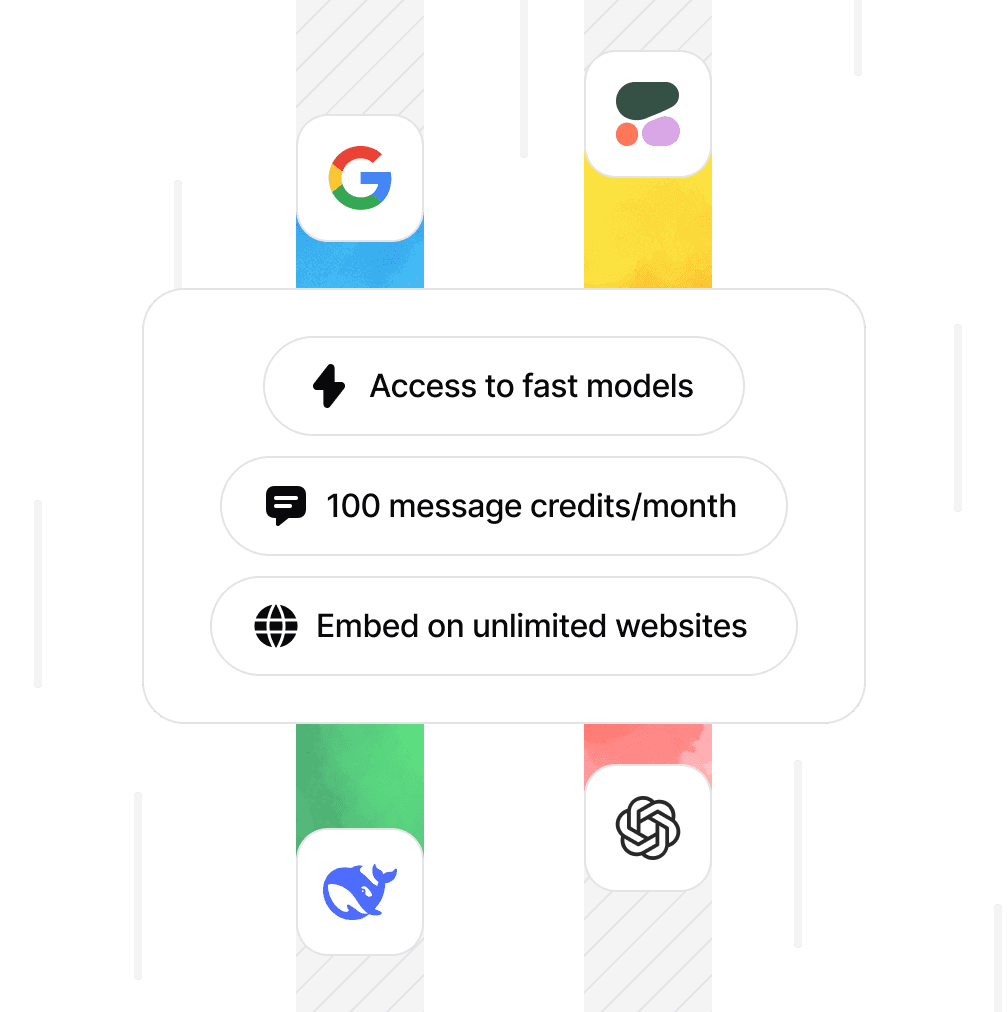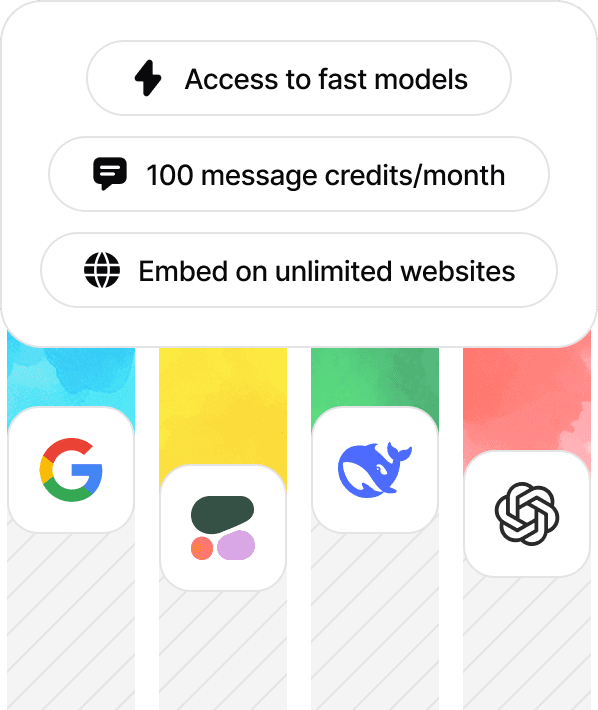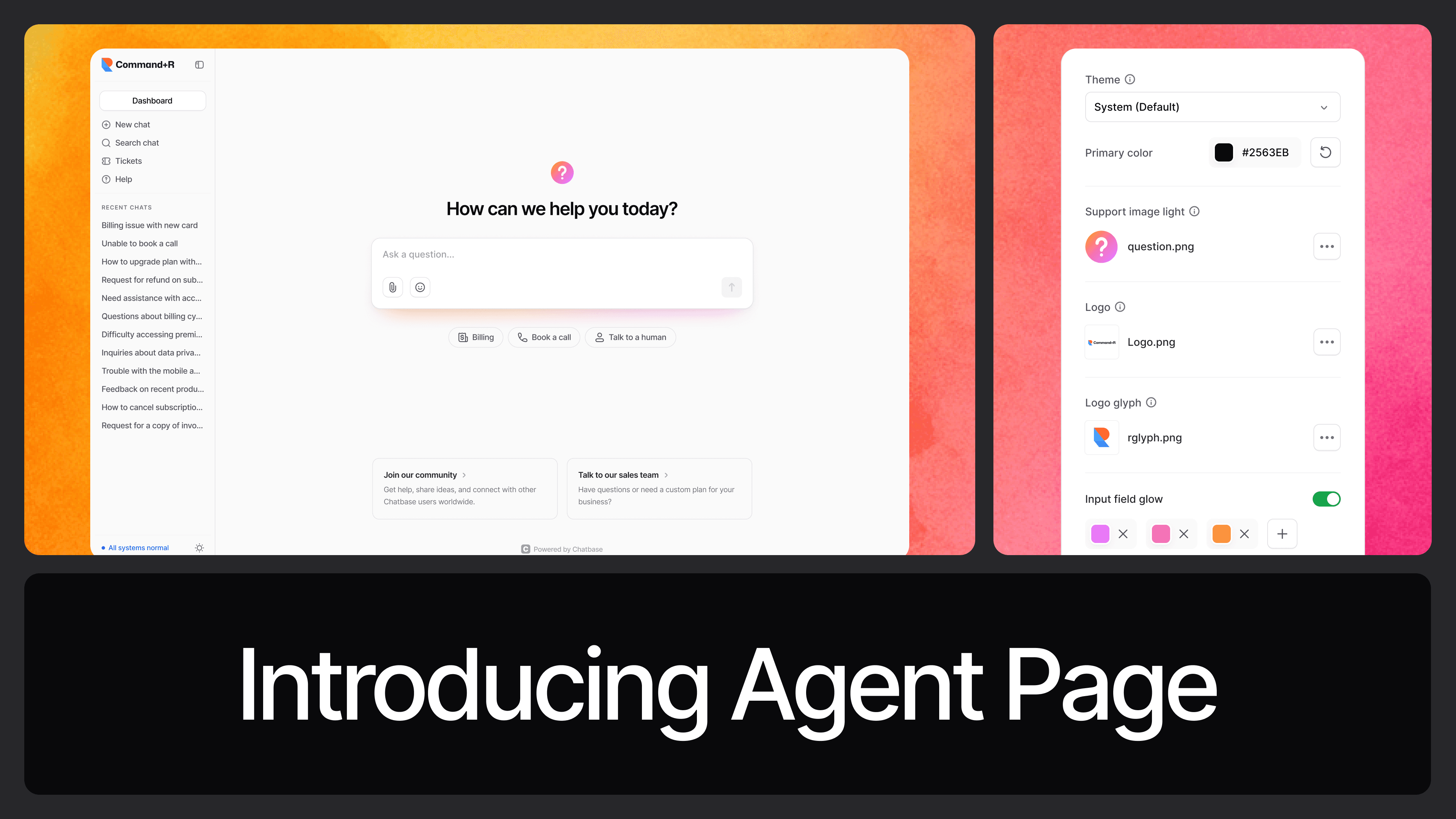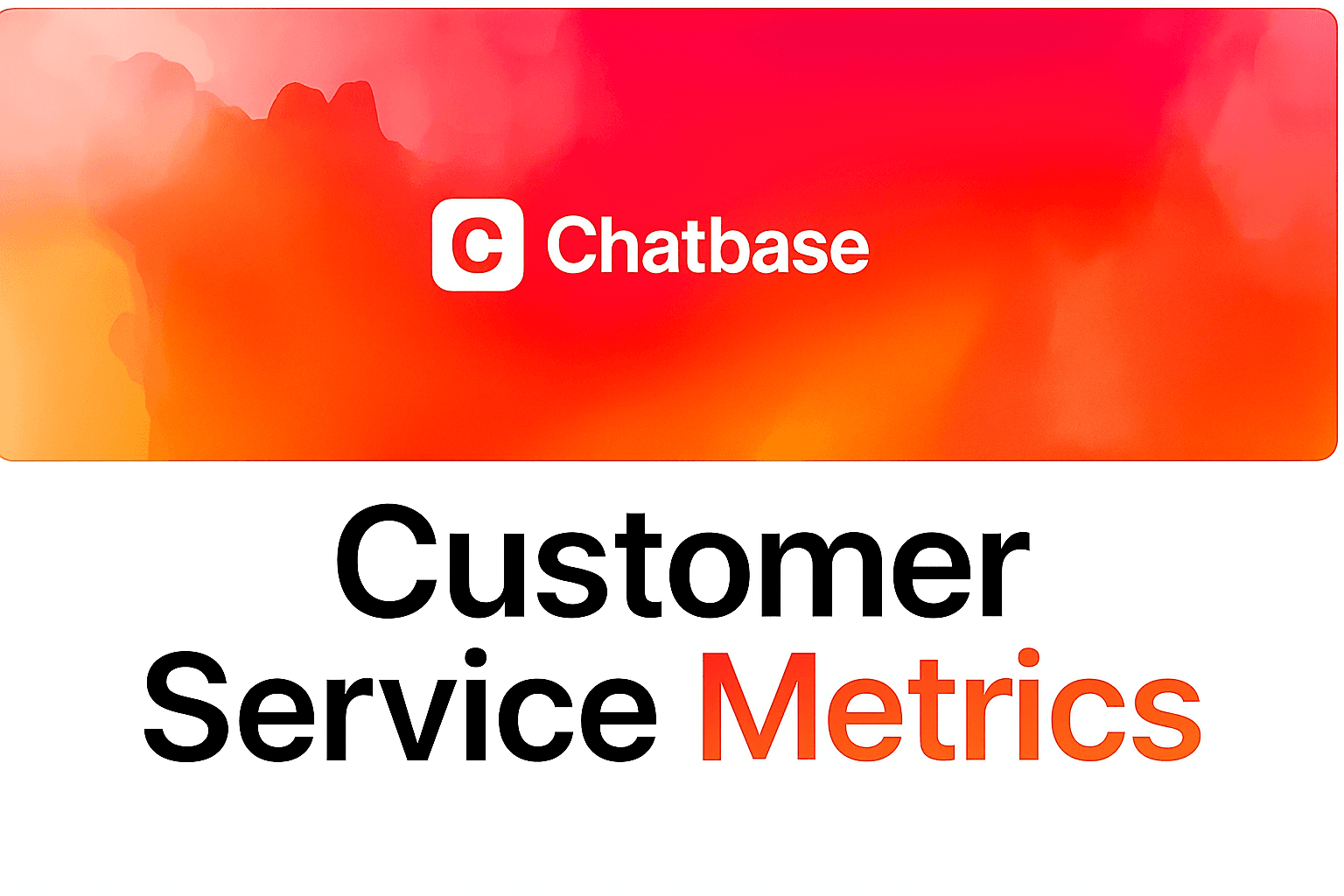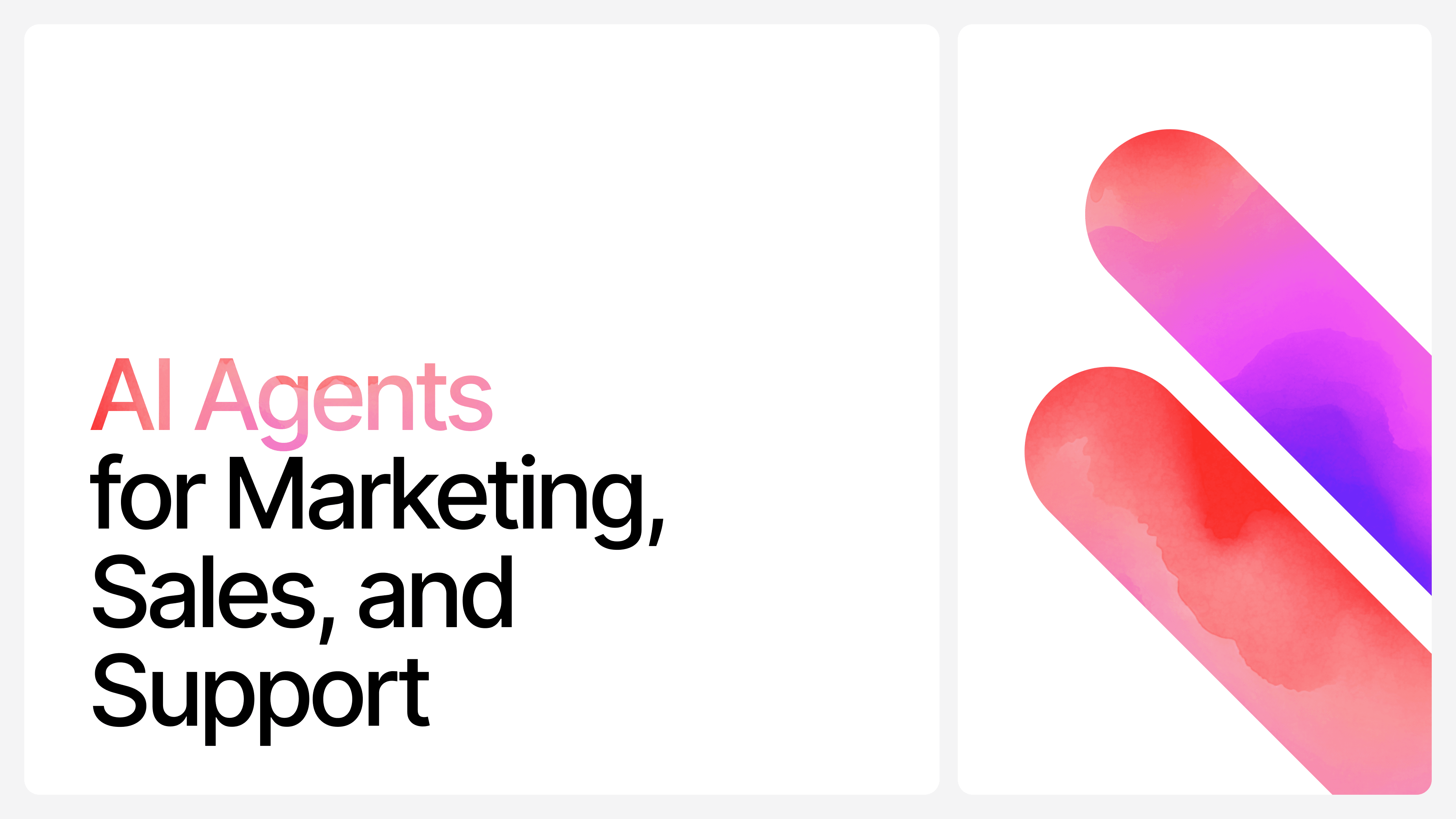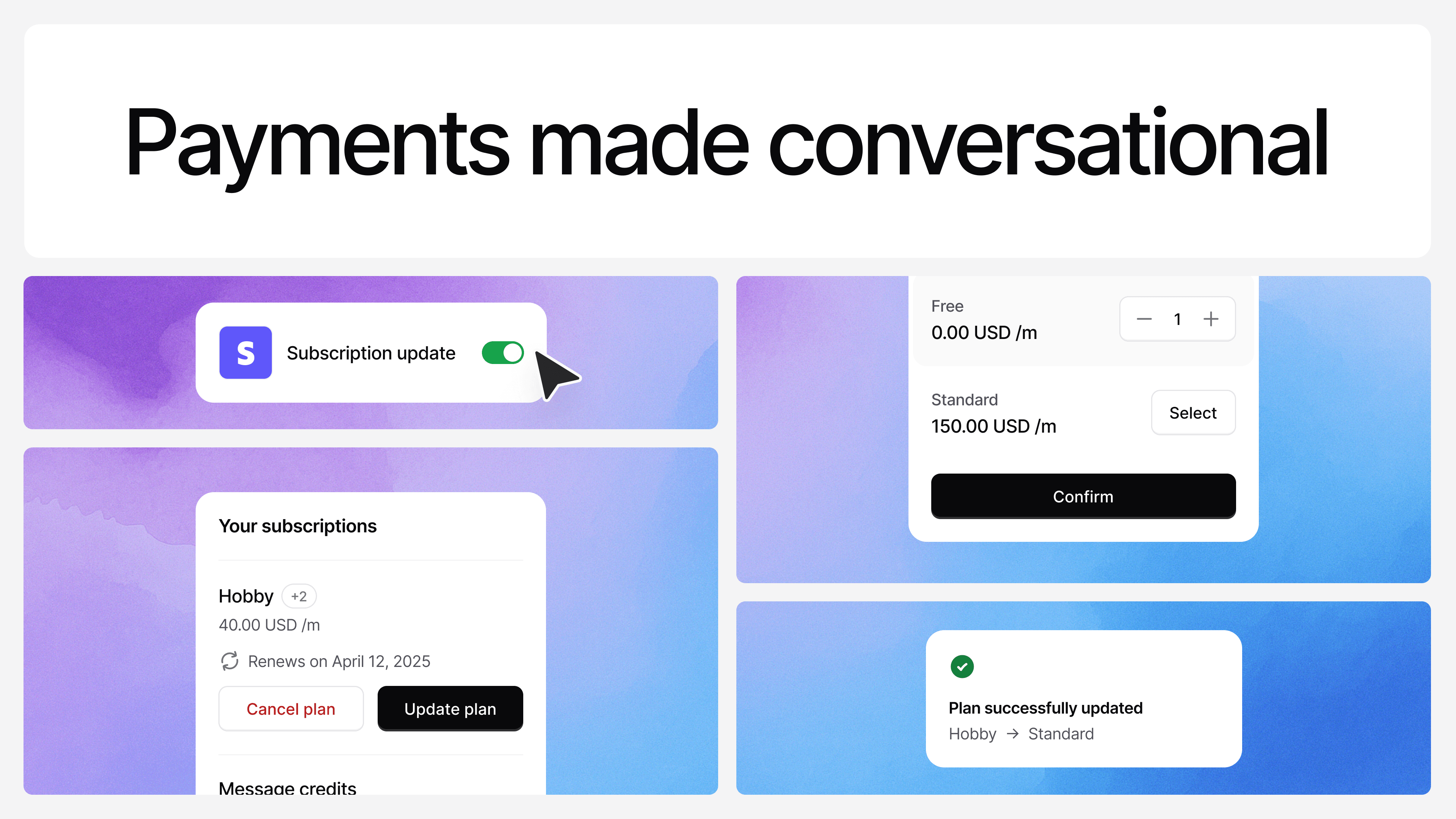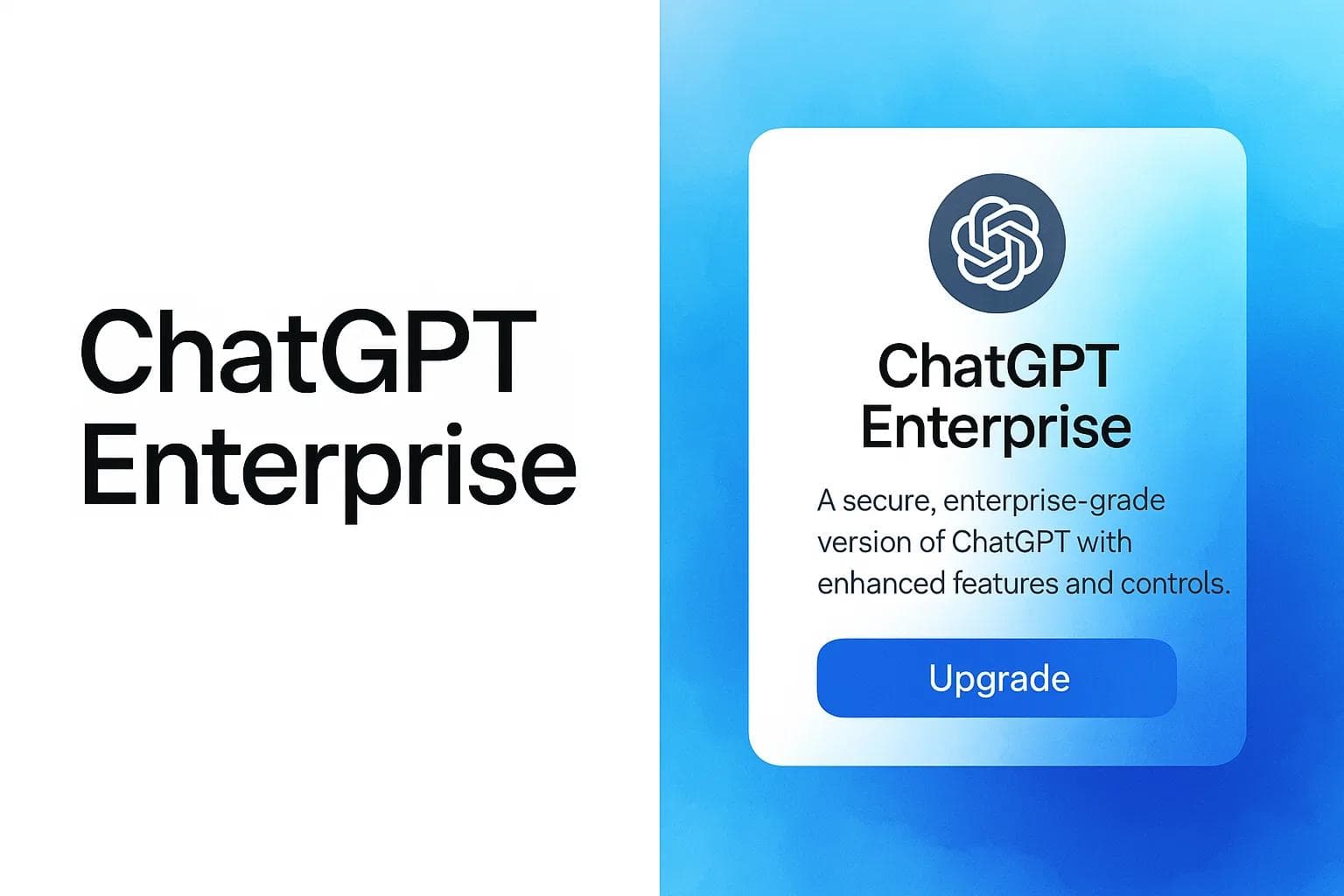How AI and EHR Are Transforming Healthcare
Max T
Dec 29, 2023
6 min read
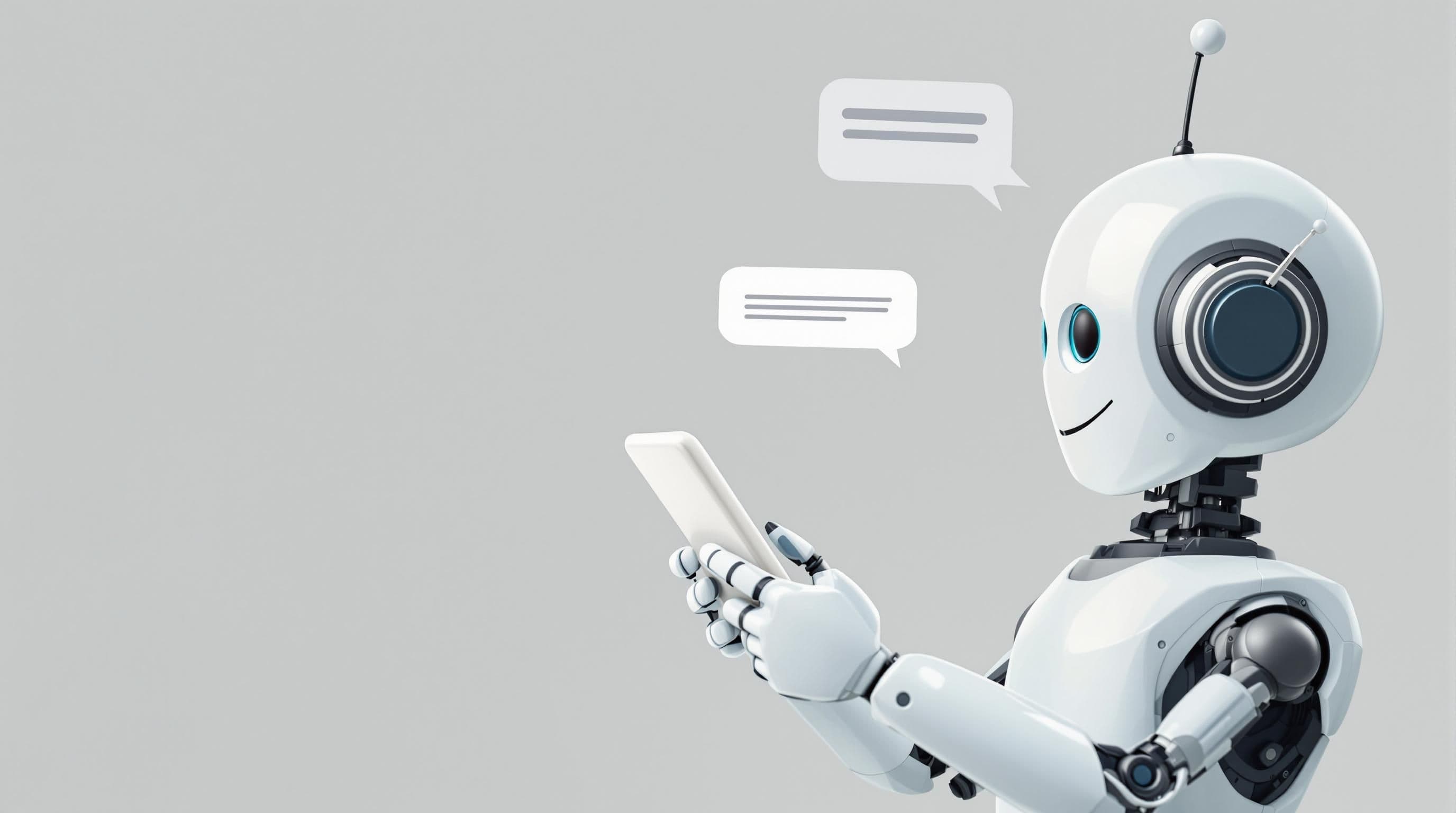
It’s a chaotic Monday morning at a bustling clinic. Patients are lining up, a nurse is frantically flipping through files, and a physician is hunched over a computer, juggling multiple tabs trying to find a patient’s history. Everyone’s stressed, and by the time a diagnosis is made, the process has been unnecessarily drawn out.
This is the reality for many clinics today. Even with EHR (Electronic Health Records) systems in place, the workflows can still feel clunky, overwhelming, and frustrating for healthcare workers who already have enough on their plate. The tech that was supposed to simplify things? It’s often just another layer of complexity.
But things are changing. Enter AI. By enhancing the capabilities of EHR software, artificial intelligence healthcare solutions are quietly revolutionizing clinical workflows, making processes smoother, faster, and more efficient for everyone involved.
So, how is AI doing this? Let’s break it down.
The Challenges with Current EHR Workflows
Despite being a technological upgrade from paper records, Best EHR for psychiatry softwares are far from perfect. In fact, they often create a new set of challenges for healthcare app developers. Let’s unpack the biggest issues:
- Time-Consuming Data EntryClinicians frequently spend more time filling out forms and inputting data into EHRs than actually interacting with patients. This administrative burden contributes to burnout and detracts from the quality of care.
- Fragmented DataPatient information is often scattered across multiple systems or formats, making it hard for clinicians to access the full picture. This can lead to delays in diagnosis or treatment and missed opportunities for better care.
- Alert FatigueEHRs are infamous for overwhelming healthcare providers with excessive notifications. When most alerts turn out to be irrelevant, clinicians start ignoring them, increasing the risk of overlooking critical information.
- Limited InteroperabilityMany EHR systems don’t play well with others. This lack of seamless communication between platforms, devices, and labs forces healthcare providers to waste time manually consolidating information.
- Rigid WorkflowsTraditional EHR systems often force clinicians to adapt to their structure, rather than being flexible enough to accommodate individual workflows. This misalignment makes the software feel more like a barrier than a tool.
These pain points not only slow down clinical workflows but also impact staff morale and, most importantly, patient outcomes.
The Benefits of AI and EHR Integration
Integrating AI scribe into EHR systems and Best EMR for urgent care isn’t just about adding a shiny new feature—it’s about solving the very problems that bog down clinical workflows. Here’s how AI is turning things around:
- Automated Data EntryAI-powered tools can automatically extract and input patient information from multiple sources, reducing the time spent on tedious administrative tasks. This allows clinicians to focus more on patient care and less on paperwork.
- Enhanced Data AnalysisWith AI, scattered patient data is no longer a problem. It can aggregate and analyze information across different systems, providing healthcare providers with a comprehensive view of a patient’s medical history in seconds.
- Smart NotificationsAI can filter out irrelevant alerts and prioritize critical ones. This significantly reduces alert fatigue, ensuring that clinicians only get the notifications they truly need to act on.
- Improved InteroperabilityAI-powered solutions can act as bridges between disconnected systems, enabling seamless communication and data sharing between different platforms, labs, and devices. This creates a smoother flow of information. To achieve this, many organizations turn to specialized healthcare software development services, which design custom solutions for better data integration and improved patient care.
- Adaptive WorkflowsUnlike rigid EHR systems, AI can learn and adapt to the unique workflows of individual clinicians or departments. This flexibility ensures that the system complements the way healthcare providers work, rather than dictating it.
By addressing these challenges, AI not only improves efficiency but also enhances patient outcomes and clinician satisfaction. It’s a game-changer for healthcare systems.
Tools and Solutions for Improving Workflows
AI-powered technologies are transforming how EHR systems support healthcare operations, helping providers reduce inefficiencies and focus more on patient care. Partnering with an enterprise software agency can further accelerate the integration of these advanced solutions, ensuring they are tailored to the unique needs of healthcare organizations. Below are some standout tools and solutions driving these changes:
- AI-Driven Virtual AssistantsVirtual assistants take over repetitive tasks like transcription, data entry, and documentation, freeing up clinicians to focus on higher-value responsibilities.
- Example Tools: Nuance's Dragon Medical One converts spoken words into accurate EHR updates. Similarly, Amazon’s AWS HealthScribe enables AI transcription tailored for clinical contexts.
- How They Help: Imagine a physician summarizing a diagnosis verbally while the assistant updates the EHR in real time. This reduces time spent on documentation and cuts down on errors from manual entries.
- Predictive Analytics PlatformsAI-powered analytics platforms leverage historical and real-time patient data to predict potential health risks and resource demands.
- Example Tools: IBM Watson Health and Google Cloud’s Healthcare Data Engine are leading platforms for predictive insights in healthcare.
- How They Help: For example, predictive tools within a Hospital Management Software system can alert clinicians about patients at high risk of complications, such as hospital readmissions or disease progression. Hospitals can also use these insights to allocate resources during flu season or other surges.
For patients looking to personalize their nutrition plans or address ongoing dietary questions, you can also Work with a Registered Dietitian through virtual counseling platforms for evidence-based, tailored support.
- Smart Scheduling Systems: AI-powered scheduling tools integrated within a practice management system analyze patient needs, provider availability, and operational bottlenecks to streamline appointment workflows and improve overall clinic efficiency.
- Example Tools: Zocdoc for Providers matches patient preferences with provider availability, while Q-Flow predicts appointment lengths to avoid delays and overbooking.
- How They Help: A clinic might use AI scheduling to reserve urgent care slots, group similar appointment types, and prevent double-booking—all while optimizing staff workloads.
- Interoperability SolutionsMany healthcare systems face challenges with data sharing, as EHRs often operate in silos. While custom healthcare software development solutions can address specific organizational needs, AI-powered interoperability tools make it easier to connect different systems, enabling providers to access complete patient records when needed.
- Example Tools: Redox provides integration APIs for connecting EHRs with other healthcare platforms, while Health Gorilla focuses on consolidating patient data from labs, pharmacies, and clinics.
- How They Help: For example, a patient's lab results from a third-party provider can instantly populate their EHR at the clinic, saving clinicians the effort of manual updates or repeat tests.
- Customizable Chatbots for Patient EngagementAI chatbots are changing the way healthcare organizations communicate with patients, handling tasks like appointment booking, triaging symptoms, and answering complex queries with ease.
- Example Tool: Chatbase
- How Chatbase Helps: Chatbase isn’t your average chatbot—it’s a fully customizable AI agent designed to take patient engagement to the next level. Here’s how it can work:
- Appointment Management: Patients can book, reschedule, or cancel appointments through the chatbot. Chatbase can also send reminders, directions, or instructions before visits, reducing no-show rates.
- Pre-Visit Triage: The chatbot asks patients about their symptoms and history, compiles the data, and delivers it to the clinician before the appointment. This saves valuable time during consultations.
- Medication Support: Patients can ask Chatbase questions about prescriptions or aftercare, with the bot pulling accurate information from the clinic’s EHR. This minimizes confusion and follow-up calls.
- AI Actions for Administrative Tasks: Chatbase’s AI agents can handle actions like creating tickets for lab tests, emailing patient forms, or providing post-visit summaries—all triggered by natural language commands.
Chatbase’s adaptability makes it ideal for healthcare providers. Its ability to function as both a patient-facing assistant and a backend workflow enhancer sets it apart as a must-have tool for clinics and hospitals.
These tools highlight how AI is reshaping healthcare processes, helping clinicians focus on what truly matters—providing better care to their patients.
Share this article:
